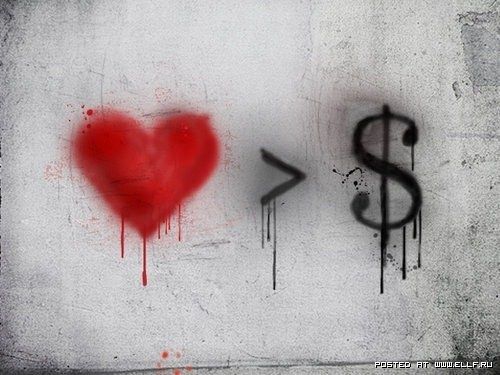By Daniel Scharpenburg
A lot of Buddhists wear these beads. They look kind of like rosaries, I guess.
They’re used in several different Buddhist traditions, but not in all of them.
A lot of Hindus and Yogis wear them too. There are long ones that you can wear as a necklace, or wrap around your wrist a few times. And there are short ones that are just bracelets. Sometimes you can identify a meditator by the fact that they’re wearing one.
They’re called malas.
Some people call them prayer beads. Some people call them meditation beads.
They can be made of many different things, usually a kind of wood. Mine is made of sandalwood. If you search for malas on the internet you can find all sorts of places to buy them. Traditionally they have 108 beads. If not 108, some number that’s divisible by 108, 54, 27, or 18.
Why 108?
It’s a sacred number in Hinduism. And in Buddhism we just kept it. Someone can probably make up some reason why it’s sacred in Buddhism but I think we should admit that it’s one of things from Hinduism that was kept when Buddhism was created. There are those that say there are 108 afflictions that cause our suffering.
Maybe 108 does have a special meaning to us, I’m not sure. But it is considered a number that is sacred and important.
Generally malas are used in mantra practice.
When we chant mantras we sometimes chant them 108 times.
So, when we chant, OM VAJRASATTVA HUM (a purification mantra), for example, we can move the beads through our fingers to keep track. That way we can keep track and focus on our mantra at the same time. I don’t know how someone would keep track of their number of recitations without one.
Mantra practice is not my favorite style of meditation, but I do practice it at least once a week.
Malas, of course, have a few other purposes.
If a teacher gives you one and blesses it, it can make you feel like you’re carrying your teacher with you. A mala has an extra bead called the ‘Guru Bead’ that is separate from the counting beads. It represents your teacher.
I have one that was blessed by the Dalai Lama.
Some people think they can provide some form of spiritual protection.
One thing is, if you’re wearing this thing, I think it’s a little easier to be mindful. It’s like having a constant reminder that we should be virtuous and mindful. There’s a tendency to be very spiritual in the temple or on the meditation cushion, but not necessarily in everyday life.
The path is meant to be practiced everywhere. The world is my sacred space and my spiritual life is not separate from my world life.
It can help us recognize each other too. If I see someone wearing a mala, I know we have something in common.
I’m probably not going to strike up a conversation with a random person because they’re wearing a mala, but maybe it helps knowing they’re out there.
Editor: Ty H Phillips
Photo: Cheryl White/Red Bubble
Comments
- Review of The Power of Mind: A Tibetan Monk’s Guide to Finding Freedom in Every Challenge {Book Review} - August 23, 2022
- The Path to Peace: A Buddhist Guide to Cultivating Loving Kindness by Ayya Khema {Book Review} - July 21, 2022
- That is Not Your Mind! Zen Reflections on the Surangama Sutra {Book Review} - July 16, 2022





